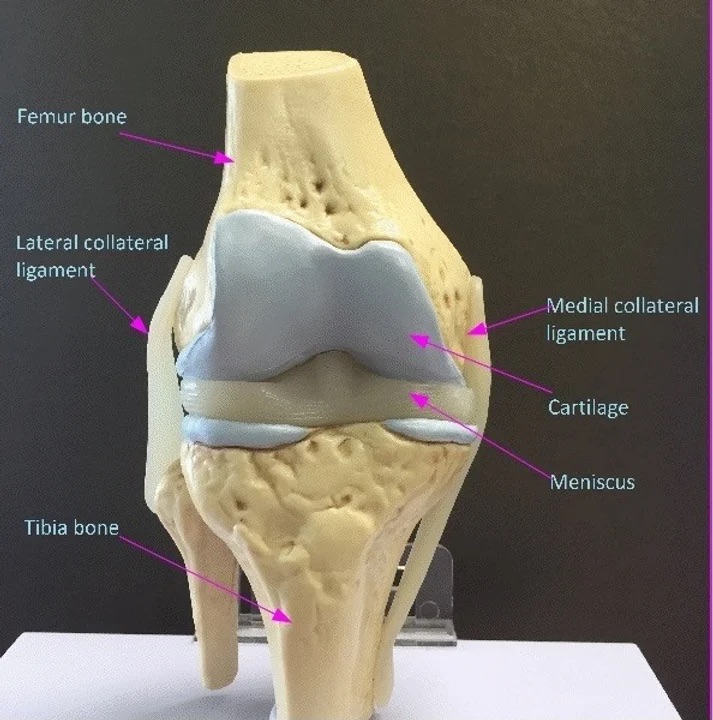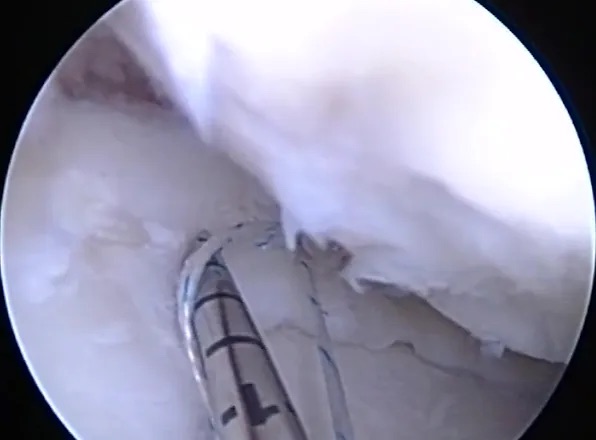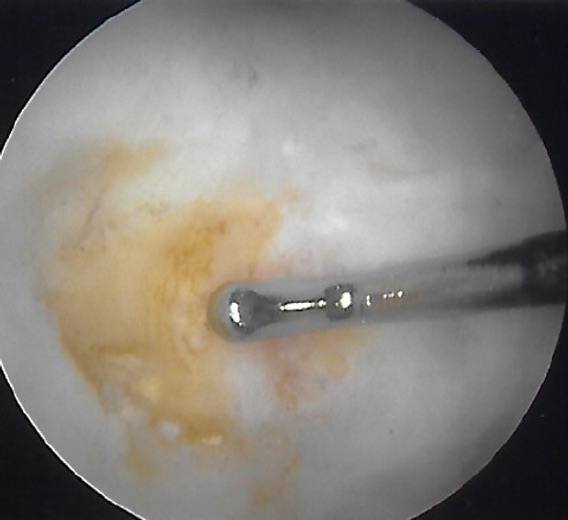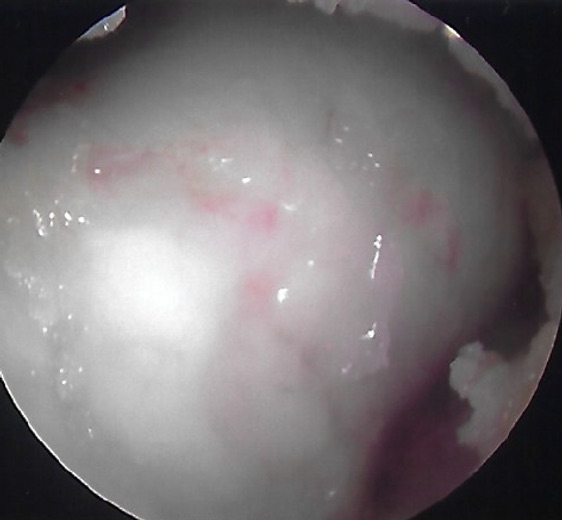
Cartilage / Meniscus Repair
Knee Cartilage and Meniscus
Cartilage
Cartilage is a soft layer that covers bone and allows a joint to move smoothly. It is commonly known as soft bone. Regular moderate exercise, a good diet, and not smoking are ways to help maintain cartilage health.
Untreated injuries or wear-and-tear of cartilage can progress to Osteoarthritis, which is Arthritis of the knee causing significant pain and disability.
Meniscus
Meniscus is a very important cushion-like structure in the knee. It has a shock absorption function, protecting the knee. There are two menisci within each knee, one on the inner side (medial meniscus) and one on the outer side (lateral meniscus).

Cartilage/Meniscus damage symptoms
Cartilage or Meniscus damage causes persistent pain in the knee that will very likely last for more than a month. It may occur as a result of an injury, eg sports injury, falling from height, car accident, or may develop progressively, eg doing a long walk, going on a holiday. The pain may be an aching type or a sharp pain, and it may be at the front of the knee or inside the knee.
In sporting injuries, cartilage or meniscus damage commonly occur together with a ligament injury, such as Anterior Cruciate Ligament (ACL) or Medial Collateral Ligament (MCL).
Non-surgical treatment
Mild conditions may be treated with physiotherapy. Therapy helps to strengthen and re-balance the muscles around the knee in order to allow the damage to heal. Oral collagen supplementation also helps.
Moderate conditions may benefit from injection therapy. This is meant to stimulate healing of the damaged tissues. Injections may include a biological stimulant, marrow or artificial gel. Each has its own effectiveness and depends on the exact pattern of your condition.
Surgical treatment
In more severe cases, a Key-Hole procedure may be required in order to repair the damage, to treat the pain, allow return to activity, and to protect your knee for years to come. In principle, when the tissues are sufficiently damaged such that they will not be able to heal on their own, surgical treatment is the most effective.
Key-Hole Surgery
On the day of surgery, arrive at the hospital at least 2 hours before the surgery time. Surgery for Cartilage conditions may involve cleaning up damaged cartilage, a procedure called microfracture, and replacing the lost cartilage with a collagen gel/scaffold. Meniscus tears will have to be repaired with small stitches.
After surgery, a hinged knee brace will be put on your knee to protect the knee. You will also be taught simple exercises to do while at home. Patients may discharge on the same day itself or the next day.
Moving about after surgery
You will be allowed to step gently using crutches. After discharge, you should be able to cope on your own within the home, moving around using the crutches. If you have stairs at home, you should avoid the stairs for about 2 to 4 weeks. Most patients use the crutches for about 3 to 5 weeks after surgery.
Recovery after surgery
Recovery after cartilage/meniscus surgeries does take some time and the patient will have to be patient and perform therapy exercises. In general, you will recover progressively in the first 2 to 3 months. Some of our patients find it possible to return to walking 5km just 6 weeks after surgery, or to jog 3 months after surgery.
Driving after surgery
If your operated knee is on the left and you drive an automatic car, you may be able to return to driving 2 to 3 weeks after surgery. If your operated knee is on the right or you drive a manual car, return to driving may be 4 to 6 weeks after surgery.
Time away from work
Time away from work is variable and depends on each patient’s work requirement. In our experience, it may range from 2 weeks to 6 weeks.

Meniscus Tear: view inside the knee, showing repair of the meniscus using stitches and a spear-like device

Cartilage damage: view inside the knee, showing an area of cartilage damage with bare bone (yellow area)

Cartilage damage: same view inside the knee, showing the area filled up with injectable gel
Centurion Orthopaedic Centre
38 Irrawaddy Road
Mt Elizabeth Novena Hospital Specialist Centre #07-40
Singapore 329563









